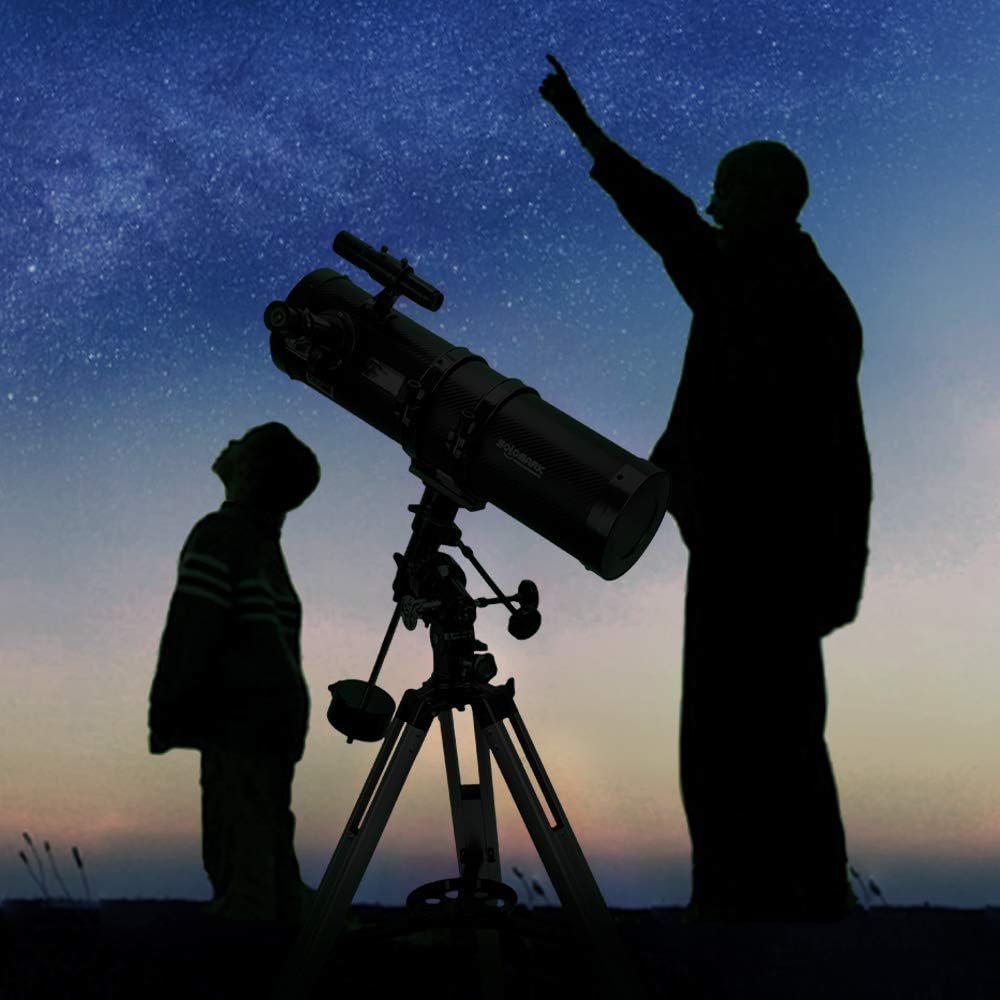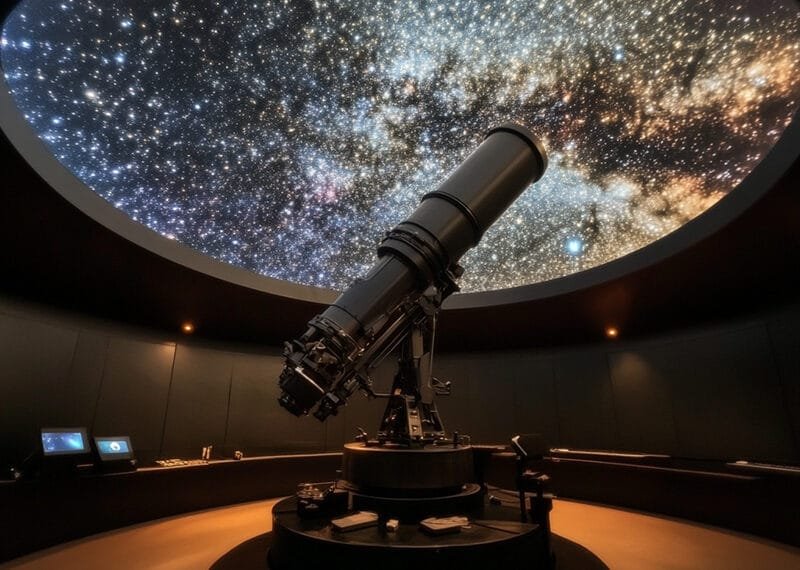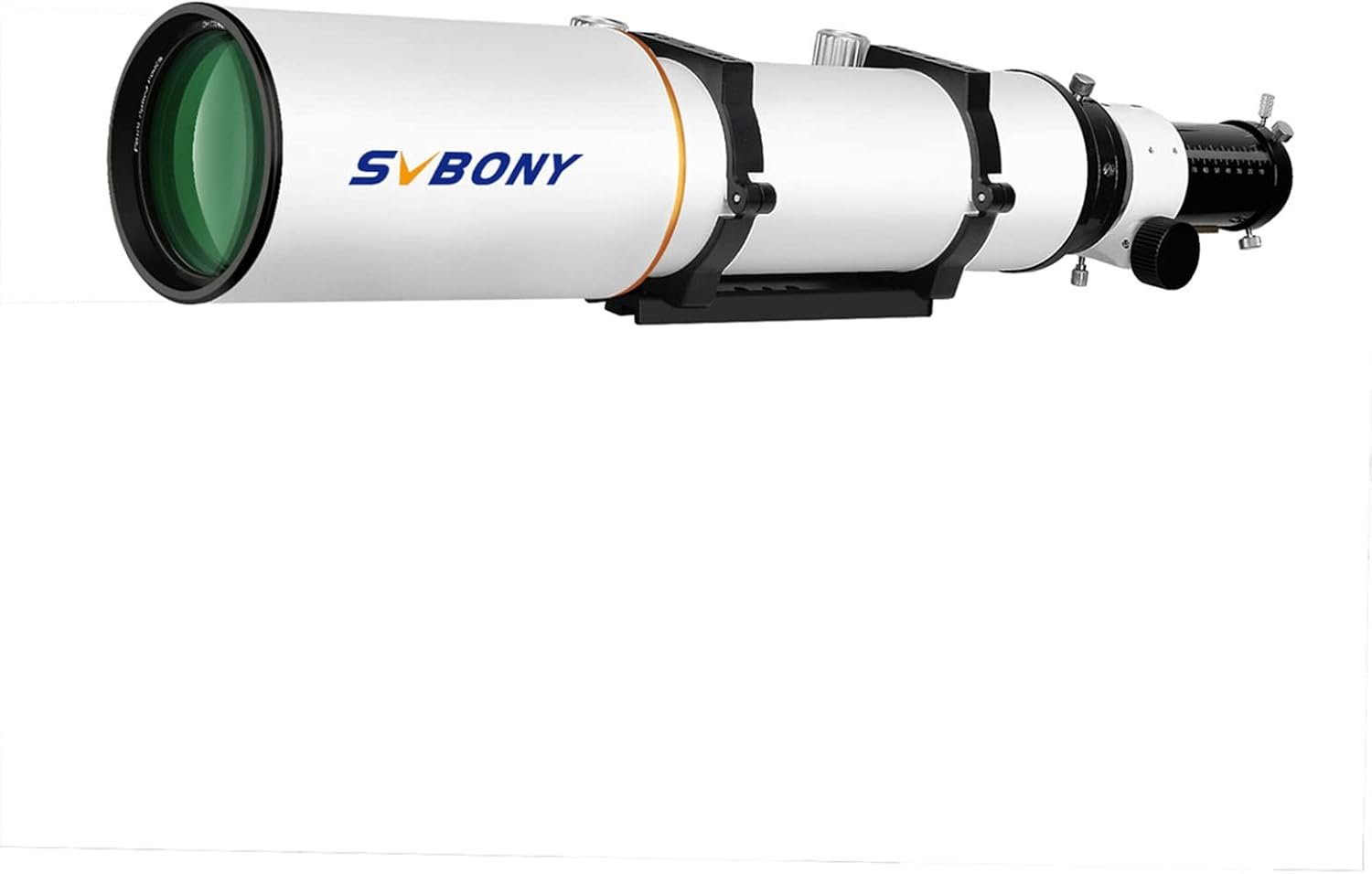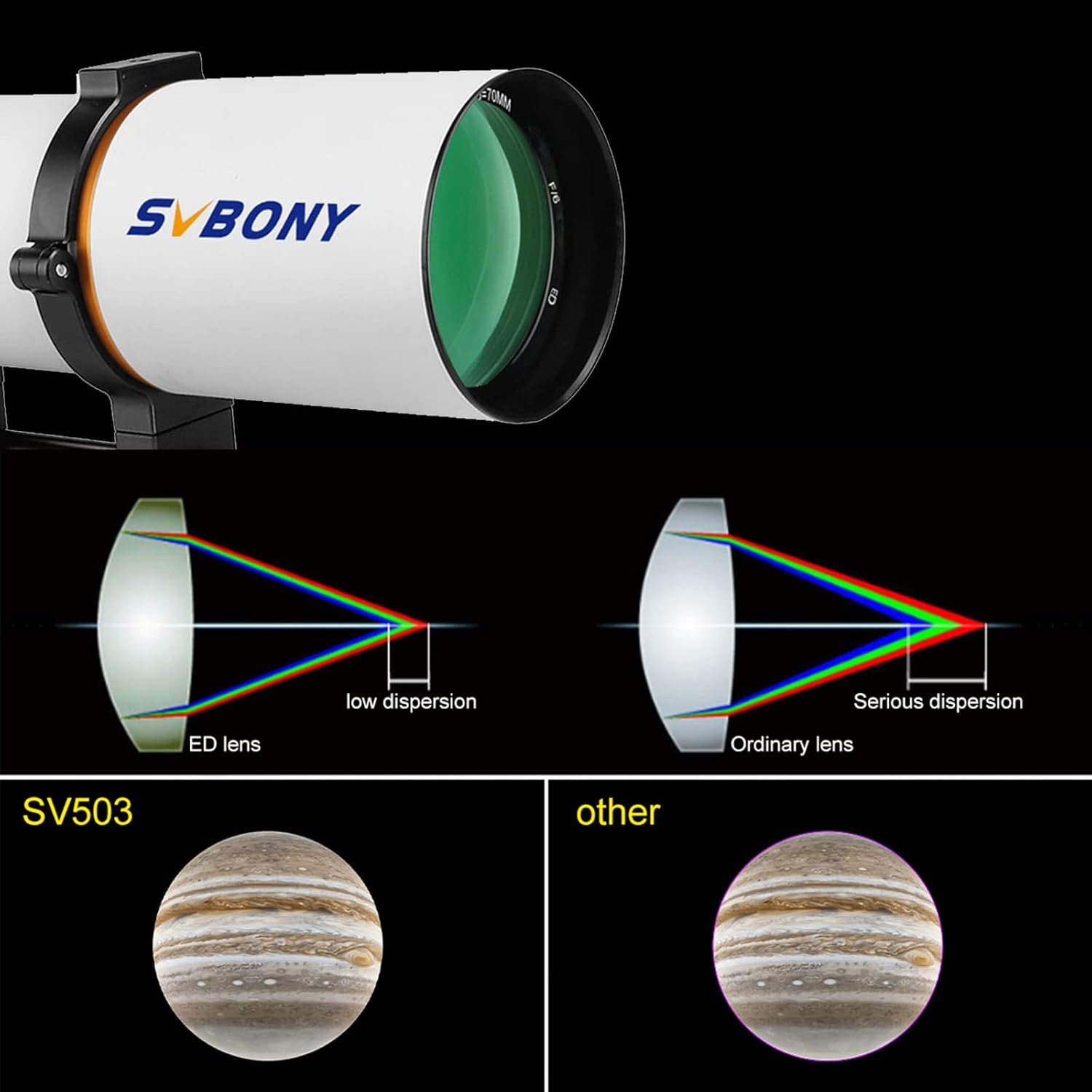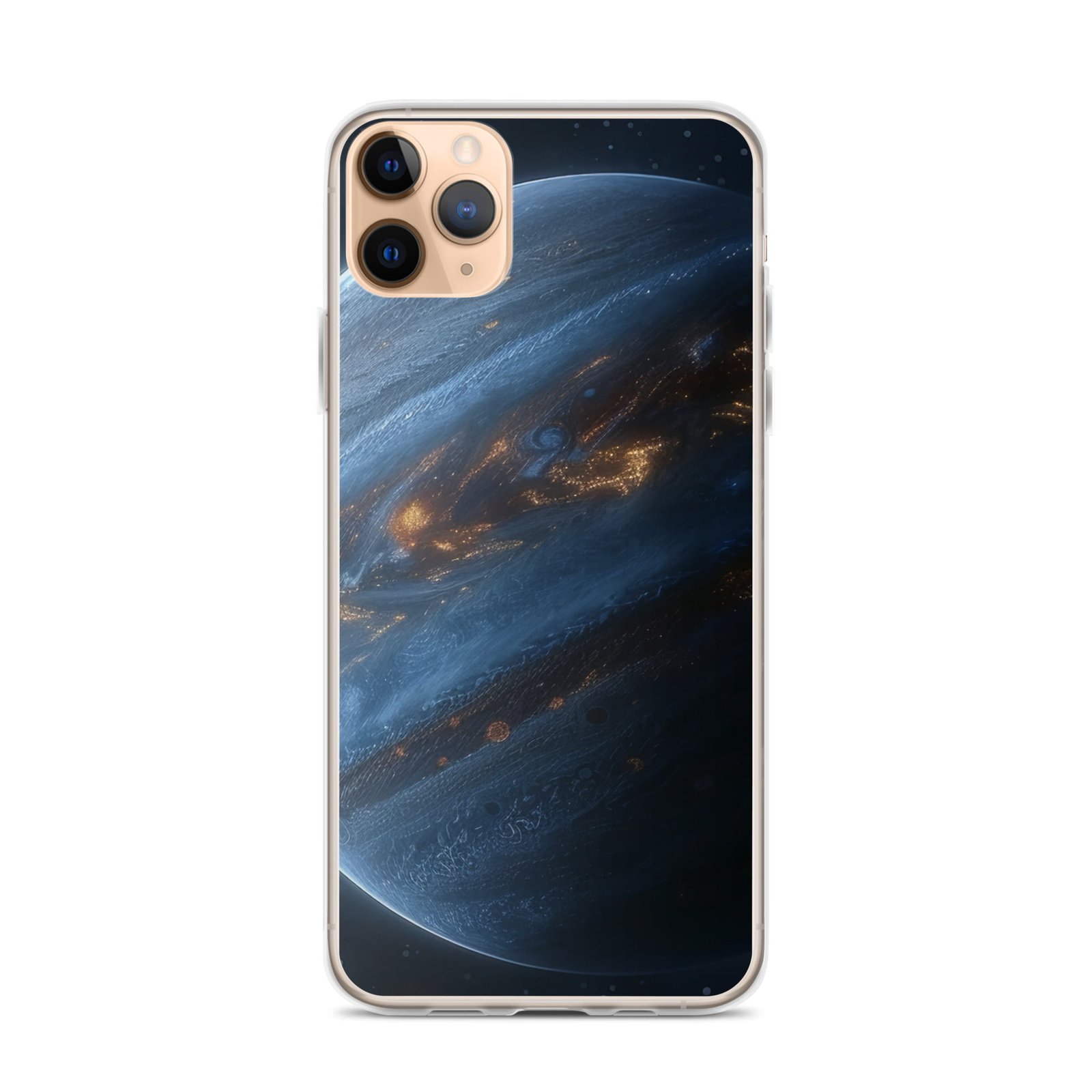The Newtonian telescope, invented by Newton in 1668, remains vital in astronomy for its affordability, clear images, and adaptability.
Key Takeaways
The Newtonian telescope, with its rich history and innovative design, continues to be a cornerstone in astronomical observation. Its simplicity, cost-effectiveness, and adaptability have ensured its relevance from the 17th century to the present day. While it has certain limitations, the Newtonian telescope’s advantages make it a popular choice for both amateur and educational astronomy, with modern adaptations expanding its capabilities and maintaining its significance in contemporary astronomical practices.
Polaris 130EQ Newtonian Telescope
The Newtonian Telescope
The Newtonian telescope, a revolutionary invention in the field of astronomy, has played a significant role in our understanding of the cosmos since its inception. This comprehensive analysis will delve into its history, design, comparisons with other telescopes, advantages and disadvantages, and current applications.
Historical Context and Invention
The Newtonian telescope, also known as the Newtonian reflector, was invented by the renowned English scientist Sir Isaac Newton in 1668. Newton’s invention came at a time when refracting telescopes were plagued by chromatic aberration, a significant issue that caused blurred images due to different colors of light being refracted by different amounts.Newton’s groundbreaking design addressed this problem by using mirrors instead of lenses to gather and focus light. This innovation marked a pivotal moment in the development of telescopic technology, introducing a new method of focusing light that eliminated chromatic aberration.The first Newtonian telescope constructed by Newton in 1668 was a compact design compared to the long refracting telescopes prevalent at the time. This design allowed for clearer and more accurate observations of celestial objects, significantly enhancing astronomers’ capabilities to explore the universe.
Design and Components
The Newtonian telescope’s design is characterized by its simplicity and effectiveness. The key components of a Newtonian telescope include:
- Primary Mirror: A concave mirror, typically parabolic in shape, located at the bottom of the telescope tube. This mirror collects light from distant celestial objects and reflects it to a focal point.
- Secondary Mirror: A flat mirror positioned at a 45-degree angle to the incoming light path. It redirects the light gathered by the primary mirror to the eyepiece on the side of the telescope tube.
- Eyepiece: Located on the side of the telescope tube, the eyepiece magnifies the image formed by the primary mirror, allowing the observer to view distant celestial objects.
- Telescope Tube: Serves as a structural component that holds the mirrors in alignment and protects them from environmental factors.
- Mount: While not part of the optical design, the mount is crucial for the stability and maneuverability of the telescope. Newtonian telescopes can be mounted in various ways, including equatorial and altazimuth mounts.
The design of the Newtonian telescope results in an inverted image, as the focal point of the primary mirror lies between the secondary mirror and the eyepiece. This unique configuration allows for a compact and efficient telescope that can provide clear and bright images of astronomical objects.
Comparison to Other Telescope Types
To fully appreciate the Newtonian telescope’s place in astronomy, it’s essential to compare it with other telescope designs:
Refractor Telescopes
Refractor telescopes use lenses to bend light to a focal point. While they are known for producing high-quality images with minimal maintenance, they can suffer from chromatic aberration unless they are apochromatic, which significantly increases their cost. In contrast, Newtonian telescopes do not suffer from chromatic aberration due to their mirror-based design.
Catadioptric Telescopes
Catadioptric telescopes, such as Schmidt-Cassegrain and Maksutov-Cassegrain, combine lenses and mirrors to correct optical aberrations and provide a compact design. They offer a longer focal length and are versatile for both planetary and deep-sky observations. While Newtonians are simpler and less expensive, they may require additional accessories like a coma corrector for astrophotography.
Dobsonian Telescopes
Dobsonian telescopes are essentially Newtonian reflectors mounted on a simple alt-azimuth base. This setup is particularly stable and easy to use, making it ideal for beginners. The Dobsonian mount allows for larger apertures at a lower cost, enhancing light-gathering capabilities.
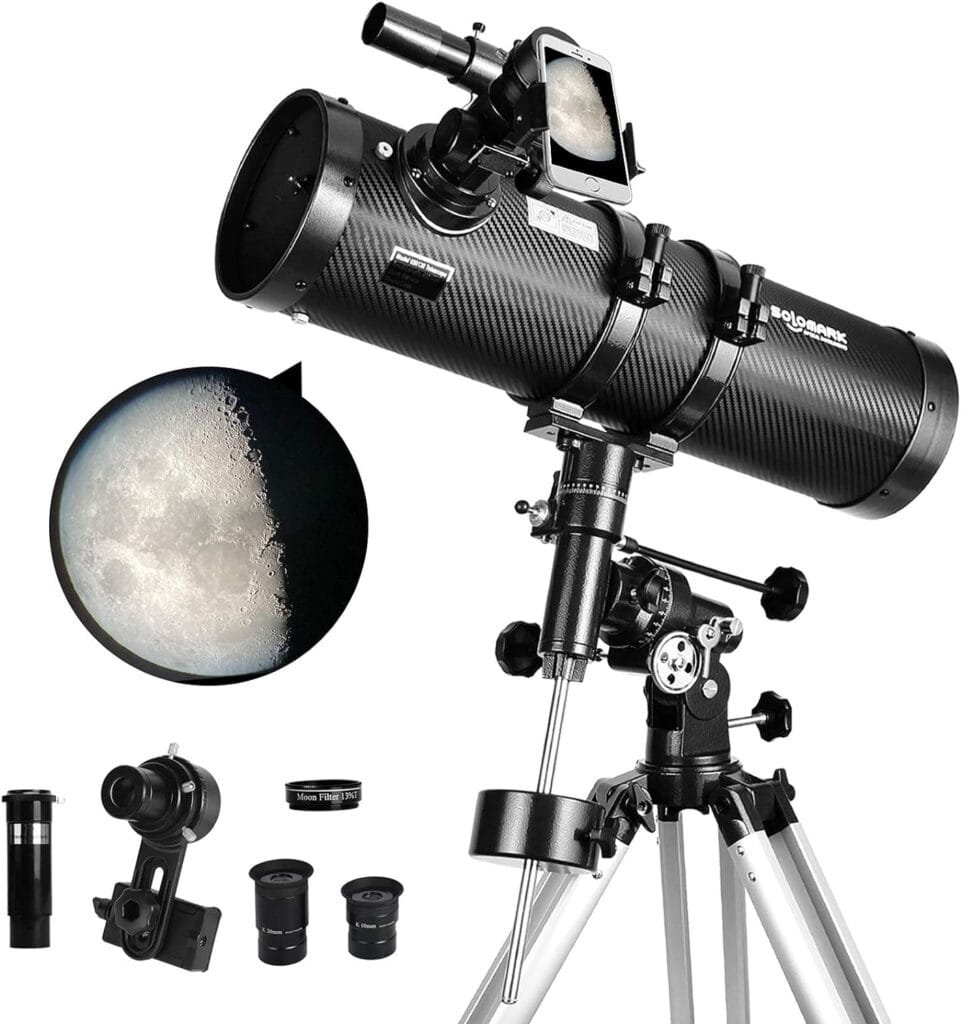
Advantages and Disadvantages
Advantages
- Cost-Effectiveness: Newtonian telescopes are generally more affordable than other types, offering large apertures at a relatively low cost.
- Large Apertures: They provide significant light-gathering power, crucial for viewing faint deep-sky objects like galaxies, nebulae, and star clusters.
- Absence of Chromatic Aberration: The use of mirrors eliminates chromatic aberration, resulting in sharp, clear images, especially when observing celestial objects like planets and the Moon.
- Wide Field of View: Newtonian telescopes typically offer a wide field of view, making them ideal for observing large areas of the sky.
- Ease of Maintenance: The design makes them relatively easy to maintain, with accessible components for cleaning and collimation.
- Versatility: They are suitable for a wide range of astronomical observations, from planetary viewing to deep-sky objects and lunar observations.
Disadvantages
- Collimation Requirements: Newtonian telescopes require regular collimation to maintain optical alignment, which can be challenging for beginners.
- Coma Aberration: They are prone to coma, an optical distortion that causes objects near the edge of the field of view to appear elongated.
- Bulk and Size: Larger Newtonian telescopes can be quite bulky and difficult to transport.
- Tube Currents and Dew: The open-tube design makes them susceptible to tube currents and dew formation, which can affect performance.
- Secondary Mirror Obstruction: The central obstruction caused by the secondary mirror slightly reduces the overall contrast of the image.
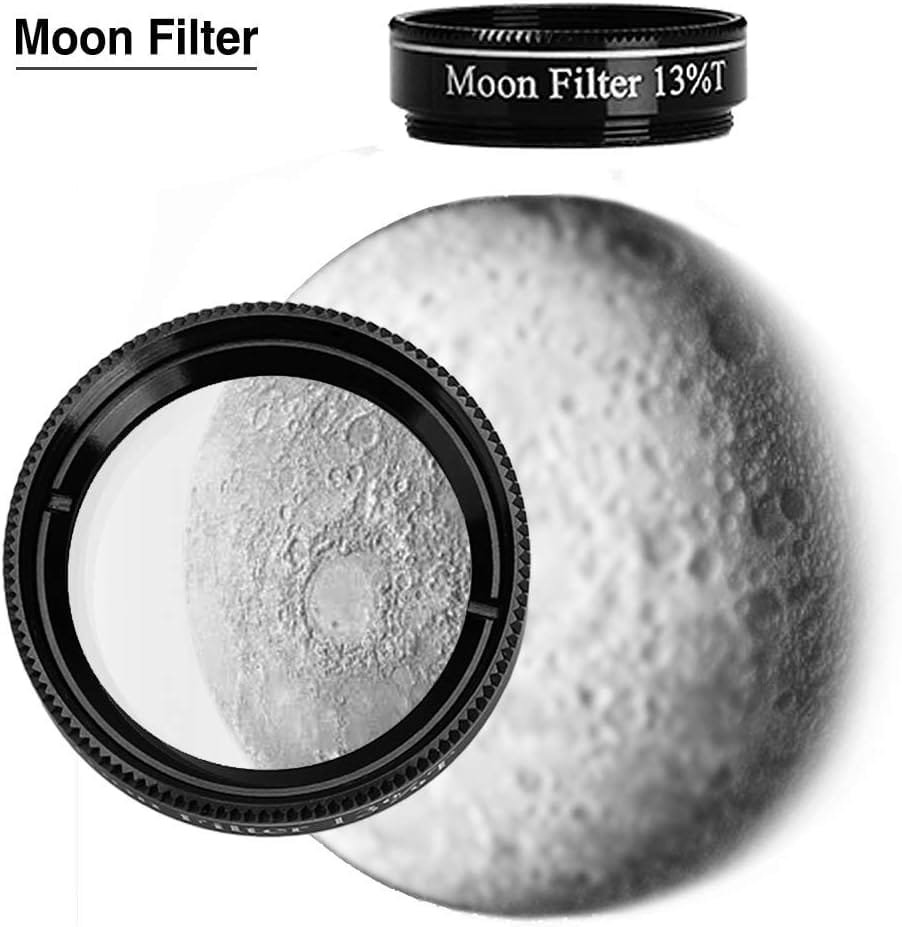
Current Uses and Modern Adaptations
Despite being invented over 350 years ago, the Newtonian telescope remains a popular choice among amateur astronomers and has seen various modern adaptations to enhance its functionality and accessibility:
- Amateur Astronomy: Newtonian telescopes are widely used by amateur astronomers due to their affordability and simplicity. They are often the first choice for beginners because they provide a wide field of view, ideal for observing large areas of the sky.
- Educational Purposes: These telescopes are frequently used in educational settings to teach students about optics and astronomy. Their straightforward design makes them excellent tools for demonstrating the principles of reflection and optics.
- Dobsonian Mounts: A significant modern adaptation is the Dobsonian mount, which provides a stable and easy-to-use platform for large-aperture Newtonian telescopes. This adaptation has made it possible to build larger telescopes that are still portable and affordable.
- Advanced Materials and Coatings: Modern Newtonian telescopes often use advanced materials and coatings to improve the reflectivity and durability of the mirrors, enhancing image quality and longevity.
- Integration with Technology: Some modern Newtonian telescopes are equipped with computerized mounts and tracking systems, allowing for automated tracking of celestial objects. This integration makes it easier for users to locate and observe specific objects in the night sky.
- Astrophotography: With the advent of digital cameras and imaging technology, Newtonian telescopes have been adapted for astrophotography. Their wide field of view and ability to gather light make them suitable for capturing detailed images of celestial phenomena.

